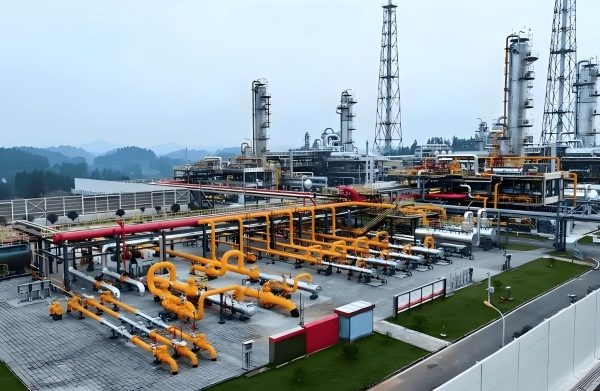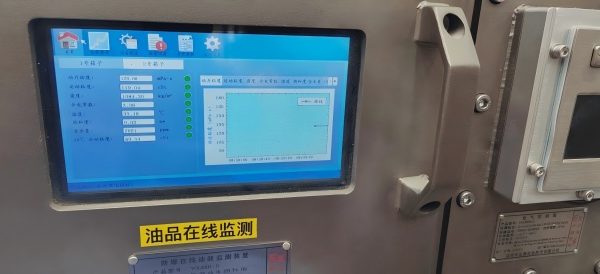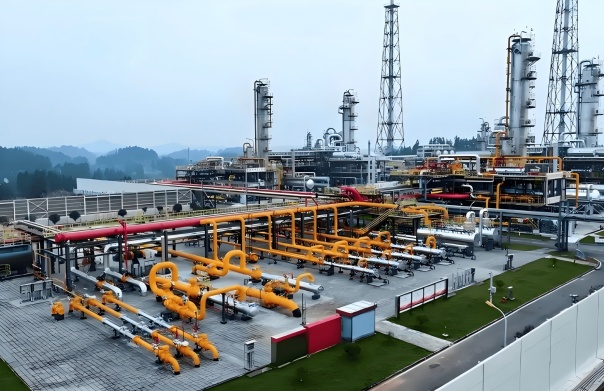Introduction
In the oil and gas industry, maintaining the reliability of machinery is critical to ensuring uninterrupted production and minimizing downtime. One of the most effective ways to achieve this is through online oil condition monitoring (OCM) systems. These advanced systems provide real-time insights into lubricant health, contamination levels, and equipment wear, helping operators make data-driven maintenance decisions.

Why Oil Condition Monitoring is Essential in Oil & Gas Production
Oil and gas production stations rely heavily on rotating equipment such as pumps, compressors, turbines, and gearboxes. The lubricating oil in these machines plays a vital role in reducing friction, dissipating heat, and preventing corrosion. However, oil degrades over time due to:
-
Oxidation & thermal breakdown (caused by high temperatures)
-
Contamination (water, dust, or metal particles)
-
Additive depletion (reducing oil effectiveness)
Without proper monitoring, degraded oil can lead to:
✔ Increased wear & tear
✔ Unexpected equipment failures
✔ Higher maintenance costs
✔ Production losses
An online OCM system helps detect these issues early, preventing catastrophic failures and optimizing maintenance schedules.
How Online Oil Condition Monitoring Works
Online OCM systems use sensors and IoT-based analytics to continuously track key oil parameters, including:
-
Viscosity – Ensures proper lubrication under operating conditions
-
Water content – Detects moisture ingress, which can cause corrosion
-
Acid number (TAN) – Indicates oil oxidation and degradation
-
Particle count – Identifies wear debris and contamination
-
Dielectric strength – Assesses oil’s insulating properties (critical for transformers)
These sensors transmit data to a central dashboard, where AI-driven analytics provide actionable insights, such as:
🔹 Oil change recommendations
🔹 Contamination alerts
🔹 Predictive maintenance triggers


Benefits of Online OCM in Oil & Gas Stations
-
Reduced Downtime – Early fault detection prevents unexpected breakdowns.
-
Extended Oil Life – Optimized oil change intervals reduce waste and costs.
-
Improved Equipment Lifespan – Minimized wear extends machinery service life.
-
Lower Maintenance Costs – Condition-based maintenance replaces costly scheduled overhauls.
-
Enhanced Safety – Prevents leaks and failures that could lead to hazardous situations.
Case Study: Real-World Application
A major oil production facility in the Middle East implemented an online OCM system across its centrifugal pumps and gas compressors. The results included:
✅ 30% reduction in unplanned shutdowns
✅ 20% increase in oil usage efficiency
✅ 15% decrease in maintenance costs
Conclusion
The adoption of online oil condition monitoring systems in oil and gas production stations is transforming maintenance strategies from reactive to proactive. By leveraging real-time data and predictive analytics, operators can enhance equipment reliability, reduce operational costs, and ensure smoother production processes.
Investing in an advanced OCM system is no longer optional—it’s a strategic necessity for modern oil and gas facilities aiming for peak performance and sustainability.
Would you like any modifications or additional details on specific aspects of OCM systems? Let me know how I can refine this further!

